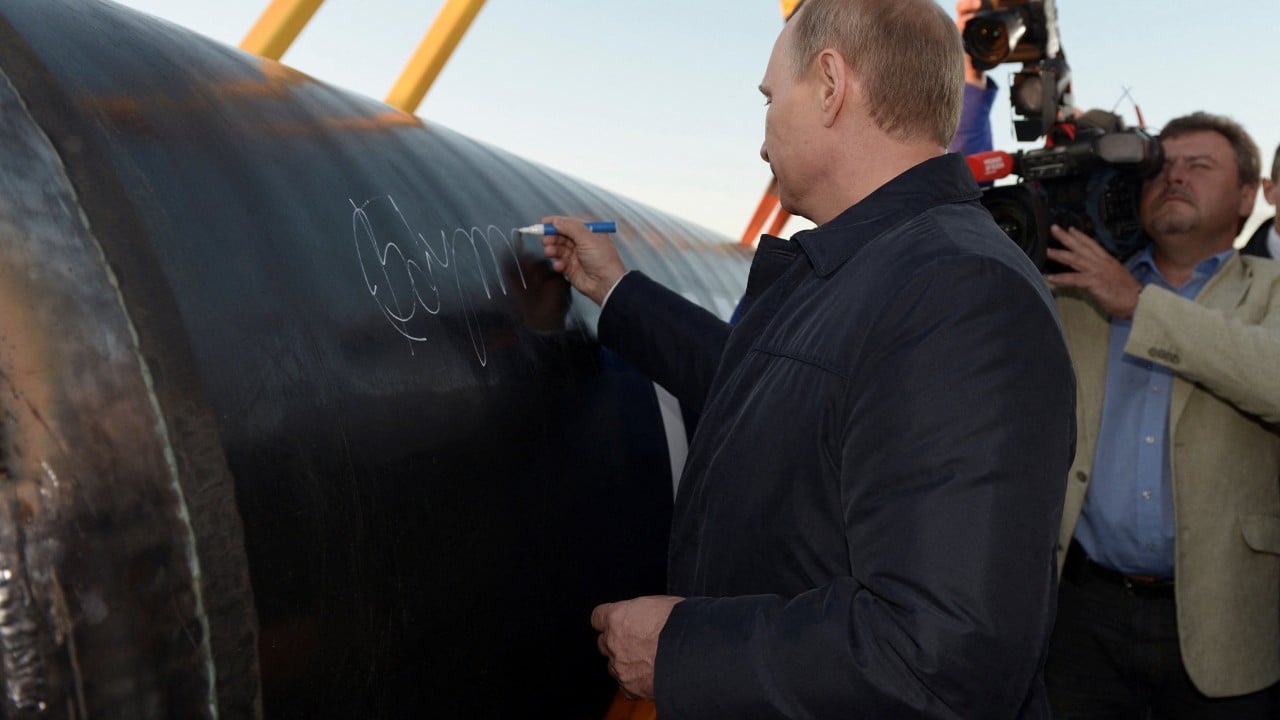After years of negotiations, Russia has finally secured a binding agreement with China for the construction of the Power of Siberia 2 pipeline, a conduit running through Mongolia from the Arctic gas fields of Yamal. Although some Western media see the deal as Russian President Vladimir Putin’s “diplomatic victory”, in reality it is Beijing that will be the major beneficiary of the project.
Advertisement
Following the Western sanctions on Moscow, imposed as a result of the Russian invasion of Ukraine in 2022, the European Union – once a major buyer of Russian energy – began looking for alternative suppliers. Such a move forced the Kremlin to redefine its energy policy.
In the past, Putin helped Germany develop its economy by supplying it with relatively cheap Russian gas. But his actions in Ukraine, along with the sabotage of the Nord Stream pipeline, marked the end of such arrangements. This left Moscow with little choice but to shift its energy flows from the West to the East.
Unwilling to easily lose the European market, the Kremlin initially attempted to turn Turkey into a gas hub. The idea was to increase gas supplies to Turkey, hoping that Ankara would re-export Russian gas to Europe, but the plan never fully worked.
The level of energy trade between Russia and Europe is nowhere near what it was before the war. Russia’s share of EU imports of pipeline gas dropped from more than 40 per cent in 2021 to about 11 per cent in 2024.
Advertisement
At the same time, Russia’s energy giant Gazprom has significantly increased gas supplies to China. According to reports, in 2024 it sold 31 billion cubic metres (1.1 trillion cubic feet) of natural gas to Beijing. Gazprom CEO Alexei Miller said an agreement had been reached to increase supplies via the existing Power of Siberia pipeline, which runs from eastern Siberia to China, to 44 billion cubic metres a year.

